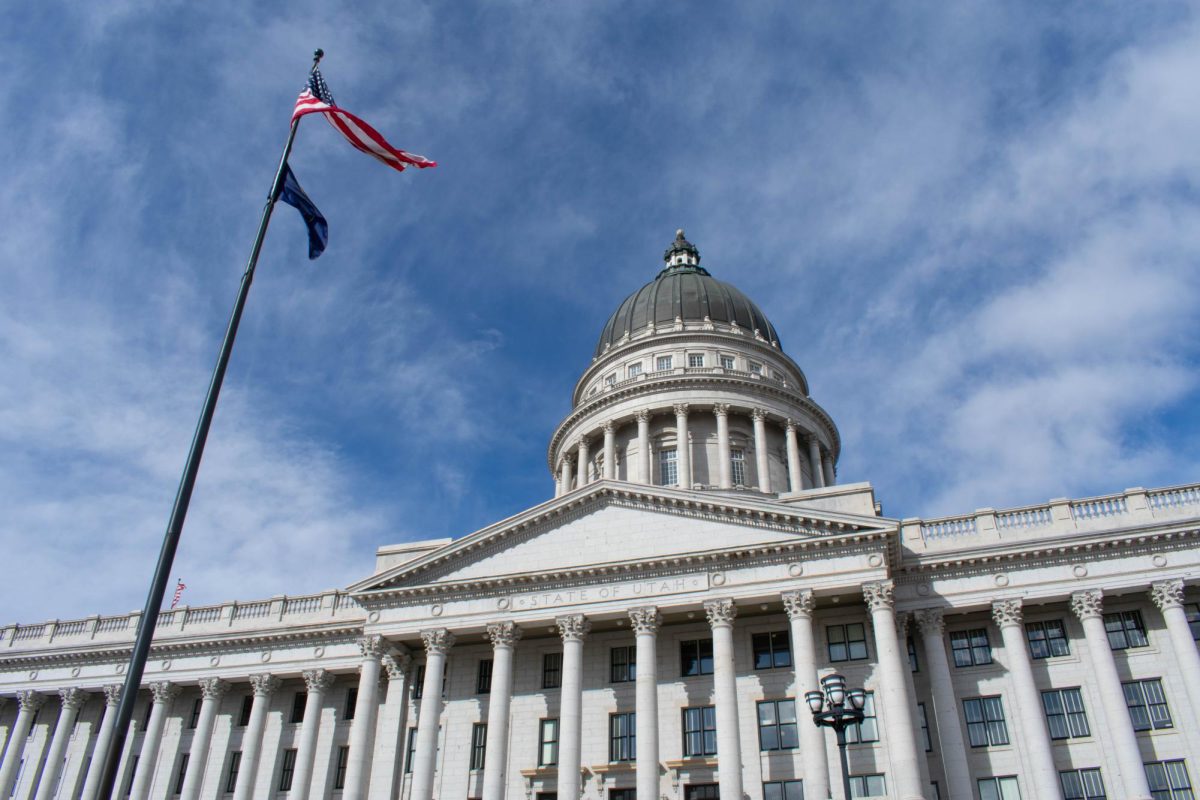Poma: The U’s Tuition Freeze Could Cost Students
May 27, 2020
Over the last decade, college students in Utah and across the country have grappled with ever-growing tuition costs – but now, the uncertainty of the coronavirus pandemic has led many institutions to consider delaying tuition increases. The University of Utah announced last month that it won’t raise tuition until at least 2021. At the same time, some Utah students are calling for reductions on student fees for the summer semester and tuition refunds for students who withdrew from spring classes given the unforeseen, tumultuous nature of the semester.
As students, we’re the ones paying tuition and — presumably — reaping the benefits of an education in return, so we need to be aware of what happens on our campus. While a tuition freeze sounds great on the surface – especially now – it’s important that we recognize the potential negative ramifications for the viability and success of our university.
What is a Tuition Freeze?
A tuition freeze is a temporary cap on tuition sticker prices, usually designed to last for just a few years while university leaders develop a more permanent solution to school budget challenges.
In 2013, Purdue University set the bar high for the positive impacts of freezing tuition. They didn’t simply stop raising fees. They analyzed their operation costs and eliminated unnecessary or excessive spending. Things as small as reducing the number of campus vehicles by 10 saved a lot of money – and those savings were passed to their students. In turn, more prospective students found Purdue to be an affordable option, which brought in more revenue without drying out everyone’s wallets. This success gave universities and state legislatures nationwide the impression that tuition freezes work like magic. However, they failed to note the complicated inner-workings and processes needed to make those freezes benefit students on a large scale. Utah has also bought into this false belief.
The Proposed Tuition Freeze & Its Adverse Effects
The state budget Governor Herbert proposed in January included funding increases for higher education to freeze tuition costs until a better affordability plan could be established. But due to the coronavirus pandemic, education funding could receive a massive cut instead, just as the U has decided to slash its revenue by capping tuition costs for the next year — and charging out-of-state students in-state prices for all summer classes.
Of course, lower costs will be a help to students who have lost their jobs because of the pandemic or were struggling to make ends meet to begin with, but the university still needs to get funding from somewhere. We need funds to pay university faculty and staff — including student employees — keep our facilities running, fund research projects and maintain our hospital system. In other circumstances, the money might come in the form of an arbitrary fee or taxes might be increased to fund the U and other public universities. We could cut down on sports spending, but many students and fans would likely protest the loss of an essential element of campus culture.
There’s also a risk that tuition could jump higher after a few years to make up for the loss of the freeze. In 2014, the University of California had to raise tuition by 5% for a few years following a freeze. Annually increasing tuition by 2 to 3% already places a considerable financial strain on students. If the U were to follow in UC’s footsteps, the freeze would be pointless and students would have to deal with a heightened financial burden during the aftermath of the pandemic.
In fact, cutting or freezing tuition has proven to be ineffective for a vast majority of institutions, even without the added complications of a public health crisis. A low sticker price for a few years can devalue the education a university offers and issues like higher student-to-faculty ratios can hurt the quality of learning. On the flip side, the money from tuition increases could be spent on student services and scholarships for low-income and minority groups. It may seem counterintuitive to raise prices to give more money back to students. However, research shows that this bigger incentive not only benefits low-income groups but levels the playing field among higher-income students as well. In other words, the benefits of a small tuition increase might outweigh those of a freeze.
Student Voices Matter – But We Need to Know What’s Going On
With all these factors in play, the U needs a detailed and improved course of action for a tuition freeze to actually work in students’ favor. It should not be used as a mere placeholder until a long-term funding solution comes along.
As we stare down the uncertainty of a post-coronavirus economy, it’s critical that we voice our concerns about our school’s financial policies and practices – and make sure we have all the facts before we do so. Students in universities nationwide have protested tuition costs because of how drastically different the class environment has become. A tuition freeze might alleviate some financial strain for now, but it isn’t that simple. We should be more aware of the consequences these policies have.
With so many pros and cons, this issue needs to be handled very carefully. It matters that we seek out and thoughtfully consider the facts about high-level decisions that affect us. This is the only way we can actively participate in making the U a better place to get an education and to be. We won’t get a say on the tuition freeze this time, but this isn’t a one and done solution to rising tuition costs. As university leaders continue to navigate this issue in the coming weeks and years, our own efforts to be well-informed and share our views with people in power at our school will make a difference.











